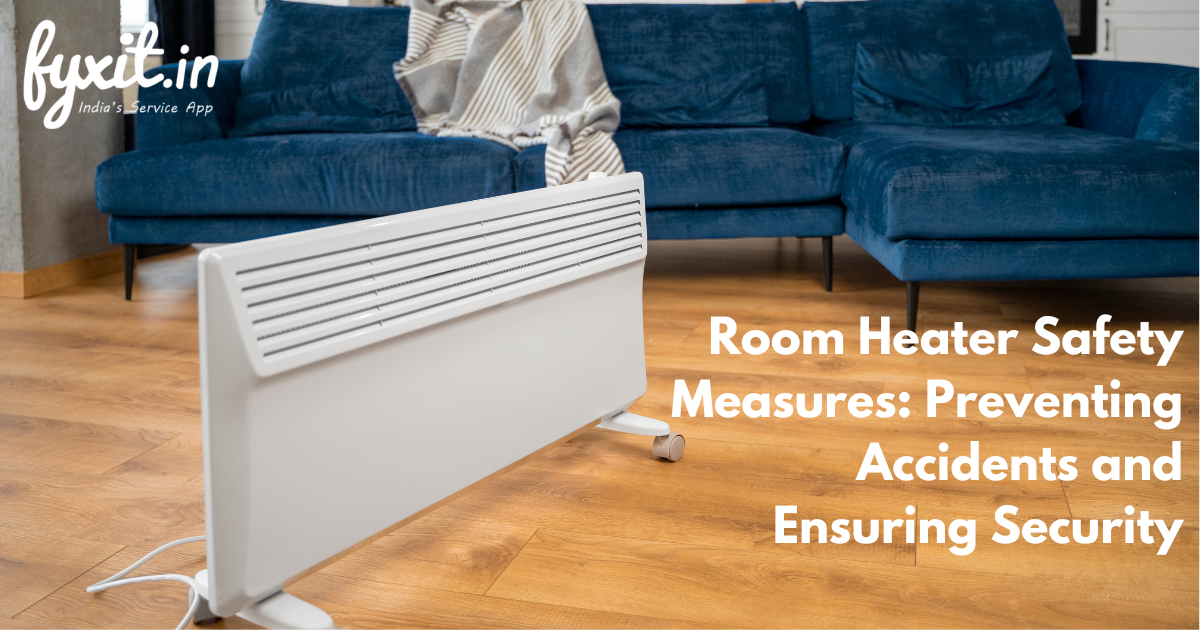Washing machines are indispensable appliances in modern households, simplifying the tedious task of laundry. However, they can sometimes develop issues, and one common problem is uneven loads that cause the washing machine to shake and make unsettling noises during operation. This article delves into the causes of uneven loads and offers practical solutions to balance the drum, ensuring smooth and efficient washing cycles.
Highlights
- Awareness of Uneven Loads: Uneven loads can lead to various washing machine problems, including noise, vibrations, inefficient cleaning, and even machine damage.
- Signs of an Issue: Recognize signs of unbalanced loads, such as loud banging, excessive shaking, or uneven cleaning of clothes.
- Balancing Solutions: To resolve uneven loads, consider repositioning clothes inside the drum, leveling the washing machine, inspecting for damaged feet, avoiding overloading, using washing balls, and scheduling maintenance for the suspension system and drum bearings.
- Regular Maintenance: Routine maintenance can prevent imbalanced loads and ensure your washing machine functions at its best.
- Longevity and Efficiency: Addressing the issue promptly and maintaining a balanced drum contributes to smooth washing cycles and extends the lifespan of your washing machine.
Table of Contents
Understanding the Problem: Uneven Loads
When you load a washing machine, it’s essential to distribute clothes evenly around the drum. An imbalanced load occurs when the laundry is not evenly distributed, causing the drum to spin unevenly. This imbalance creates several problems:
- Noisy Operation: An unevenly loaded washing machine is notably noisier. You might hear loud thumping or banging during the spin cycle, which can be disruptive and concerning.
- Excessive Vibration: Imbalanced loads create excessive vibrations. These vibrations can be transmitted through the floor, potentially causing structural damage or disturbing others in your home.
- Reduced Cleaning Efficiency: Uneven loads affect the washing machine’s ability to clean your clothes effectively. When the drum wobbles, it cannot generate the necessary mechanical action to agitate the laundry properly.
- Risk of Damage: Prolonged exposure to imbalanced loads can damage your washing machine’s components and potentially lead to more severe malfunctions.
Now that we understand the issues associated with uneven loads, let’s explore how to diagnose and fix this problem.
Diagnosing Uneven Loads: Signs and Symptoms
Before diving into the solutions, it’s crucial to identify the signs of an imbalanced load:
- Loud Banging or Thumping: During the spin cycle, you may hear loud noises. These are often caused by the drum repeatedly hitting the sides of the washing machine.
- Excessive Vibrations: If your washing machine starts “walking” across the floor or vibrating intensely, this is a strong indicator of an uneven load.
- Incomplete or Inefficient Cleaning: Clothes may not be properly cleaned or rinsed when an uneven load prevents the drum from rotating correctly.
Now that we can recognize the problem, let’s explore how to fix it.
Balancing the Drum: Practical Solutions
- Reposition the Clothes: If you notice an uneven load, pause the machine and open the door. Carefully redistribute the laundry items so that they are evenly spread around the drum. Make sure there’s enough space for clothes to move freely without being too tightly packed.
- Use a Level: Place a bubble level on top of your washing machine. Ensure the appliance is level both side-to-side and front-to-back. A machine that isn’t level can struggle to balance loads.
- Check for Damaged Feet: Washing machines typically have adjustable feet for leveling. If any of these are damaged, it can affect the balance of the appliance. Replace damaged feet as needed.
- Don’t Overload the Drum: Avoid overloading your washing machine. In an attempt to save time, some people stuff too many clothes into one load. This is a surefire way to create an uneven load. Follow the manufacturer’s recommendations for load capacity.
- Use a Washing Ball: In some cases, especially with heavy or large items, it might be helpful to use a washing ball or similar device designed to distribute the load more evenly.
- Service the Suspension System: If you find that your washing machine frequently experiences balance problems, there could be an issue with the suspension system. This system includes springs or shock absorbers that help stabilize the drum. Over time, these components can wear out and may need replacement.
- Check the Drum Bearings: If you’ve tried all the previous steps and still experience imbalanced loads, it might be due to damaged drum bearings. Worn-out bearings can make the drum wobble. In this case, it’s best to call a professional technician to replace the bearings.
- Regular Maintenance: To prevent imbalanced loads, schedule regular maintenance for your washing machine. This can include cleaning the drum, checking for loose parts, and ensuring all components are in good working order.
An uneven load in your washing machine can lead to noisy, disruptive, and inefficient wash cycles. By following the practical solutions mentioned above, you can balance the drum, ensuring smoother washing operations and prolonging the life of your appliance. Recognizing the signs of an imbalanced load and taking appropriate action will help keep your washing machine running optimally, making laundry a breeze.



